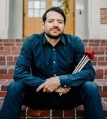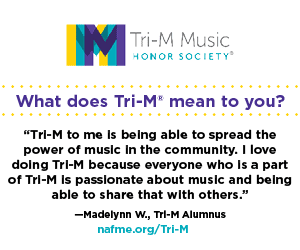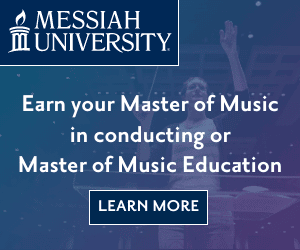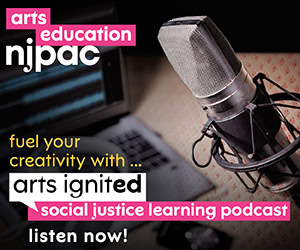/ News Posts / Creativity in the Classroom—From Re-Creation to Creation
Creativity in the Classroom—From Re-Creation to Creation
Nine Steps to an Effective Warm-Up
By Dr. James W. Doyle, sponsored by Adams State University
“In order to be creative, you have to know how to prepare to be creative.”—Twyla Tharp, Dancer/Choreographer

Adams State University jazz pop ensemble
As music educators, we spend our lives in creative spaces. Making music with our students is our calling, and reflecting the music literacy standards is what we innately do. In our K-5 classrooms, creativity may be nurtured through call and response and improvisation games. Student creativity is front and center. As our students enter into large ensembles, the creative activity primarily takes the shape of re-creativity; interpreting the works of others in group settings with you, the director, front and center.
We strive to find ways to implement all three of the Artistic Processes—Creating, Performing, and Responding—in the large ensemble setting, and “Creating” is especially valuable to all of our students and can be implemented into daily routines.

Adams State University band concert
With a few moments of scaffolded plans, leading students through creative exercises and games can be fun and generate focus, technique, and music literacy on a deeper level while preparing your students for the repertoire in the next concert.
For example, if you’re performing a composition in a ⅝ time signature and this meter is less familiar to your ensemble, create an exercise as part of a warmup. Here are nine steps to consider:
- Begin by setting a metronome or sequencer app to represent the time signature.
- Include a drone to provide an aural guide.
- Establish a 3+2 or 2+3 grouping, as found in the piece, to reinforce the feel.
- Sing or play simple rhythms on a single pitch from the composition in call and response fashion.
- As the students gain comfort with the meter and the simpler rhythms, add another pitch within the key of the piece and gradually increase the rhythmic complexity.
- For students needing a mental break or to differentiate instruction, have them articulate the first note of each grouping with the metronome or simply contribute to the drone.
- As the process continues, you may wish to add more pitches to the exercise, appoint leaders to provide the call for others to respond, and have students contribute their own games.
- As students gain comfort with this process, divide the ensemble into different fixed ostinatos.
- Encourage students to improvise over these ostinatos and the drone with a fixed set of pitches and rhythms from earlier in the exercise.

Adams State University ensemble
Experiment and have fun! The benefits of these short exercises are immense, and the students will relate to the game-like approach, gain comfort with group risk-taking, and thrive on the positive reinforcement. With each exercise, your students are able to experience different approaches to music-making in a structured, guided session of creativity, certain to enhance the re-creative skills needed in the large ensemble performance setting.
About the author:
 Dr. James W. Doyle is on the graduate faculty at Adams State University where he teaches courses in American music and music in culture. His research interests include understanding the creative process of artists across a multitude of mediums and cultures.
Dr. James W. Doyle is on the graduate faculty at Adams State University where he teaches courses in American music and music in culture. His research interests include understanding the creative process of artists across a multitude of mediums and cultures.
For more ideas on creativity in the classroom, reach out to James at jwdoyle@adams.edu.
Did this article spur new ideas for your music program? Share them on Amplify! Interested in reprinting this article? Please review the reprint guidelines.
The National Association for Music Education (NAfME) provides a number of forums for the sharing of information and opinion, including blogs and postings on our website, articles and columns in our magazines and journals, and postings to our Amplify member portal. Unless specifically noted, the views expressed in these media do not necessarily represent the policy or views of the Association, its officers, or its employees.
December 9, 2021. © National Association for Music Education (NAfME.org)
Published Date
December 9, 2021
Category
- Ensembles
- Innovation
Copyright
December 9, 2021. © National Association for Music Education (NAfME.org)




